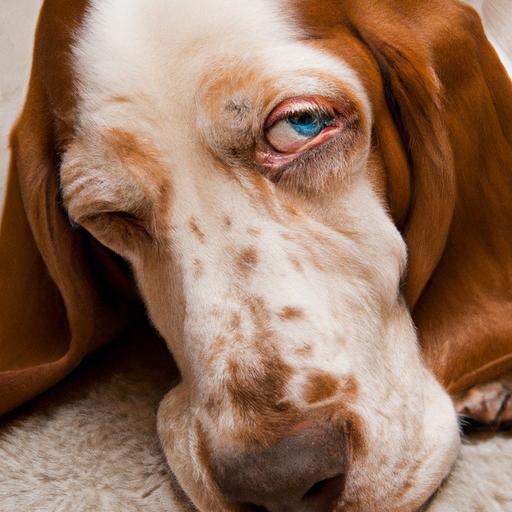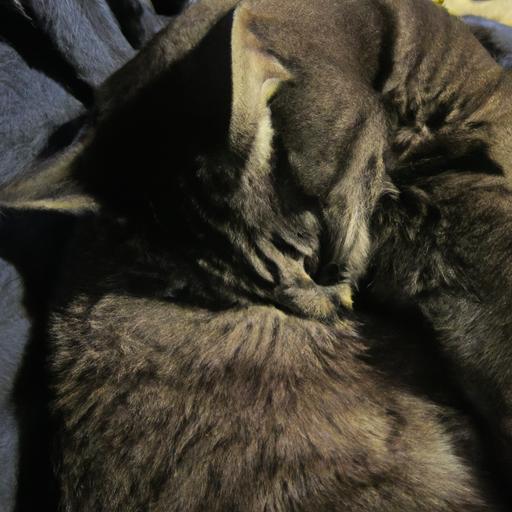
Cat Behavior: The Meaning of Ear Twitching
Discover the significance of cat behavior through ear twitching. Understand what it means and how to interpret your feline companion’s communication.
Introduction
Understanding cat behavior is crucial for any cat owner. Cats have their unique ways of communicating and expressing themselves. One interesting behavior to observe is ear twitching. In this article, we will delve into the meaning behind cat ear twitching and what it signifies in their feline language.
Understanding Cat Ear Twitching
Cats possess highly developed senses, and their ears play a significant role in their communication and overall behavior. Ear twitching is a common phenomenon observed in cats, and it can convey various messages. To decipher the meaning behind this behavior, it is essential to understand the anatomy of a cat’s ears and how they contribute to their behavior.
A cat’s ears are incredibly sensitive and can move independently, allowing them to focus on specific sounds. When a cat twitches its ears, it can mean they are trying to locate a sound or gather information about their surroundings. It could also indicate that they are feeling alert and attentive.
Furthermore, ear twitching can serve as a form of communication between cats and humans. Cats may twitch their ears to express their emotions or intentions. For example, when a cat’s ears are slightly twitched backward, it might be a sign of fear or aggression. On the other hand, if their ears are relaxed and forward, it signifies a calm and content state.
FAQ about Cat Ear Twitching
-
What are the different types of ear twitching in cats?
- There are two primary types of ear twitching in cats: voluntary and involuntary. Voluntary twitching occurs when a cat intentionally moves its ears in response to stimulInvoluntary twitching, on the other hand, happens without their conscious control and might indicate a medical condition.
-
Is ear twitching always a sign of a problem?
- Not necessarily. Ear twitching can be a normal behavior exhibited by cats. However, persistent and excessive ear twitching might indicate an underlying issue or discomfort. It is crucial to observe other accompanying signs and consult a veterinarian if concerned.
-
How can I differentiate between normal and abnormal ear twitching?
- Normal ear twitching is usually occasional and brief, often in response to sounds or stimulAbnormal ear twitching, on the other hand, may be repetitive, continuous, or accompanied by other signs of distress, such as itching, pain, or discharge. If you notice abnormal behavior, it’s best to consult a professional.
-
Are there any medical conditions associated with excessive ear twitching?
- Excessive ear twitching can be caused by various medical conditions, including ear infections, allergies, mites, or even neurological disorders. It is essential to seek veterinary advice to rule out any underlying health issues.
-
What should I do if my cat’s ear twitching persists or worsens?
- If your cat’s ear twitching persists, worsens, or is accompanied by other concerning symptoms, it is crucial to seek veterinary attention. A professional can examine your cat thoroughly, diagnose any underlying conditions, and provide appropriate treatment.
Conclusion
Understanding cat behavior, including ear twitching, allows us to better communicate and care for our feline companions. Ear twitching serves as a means of communication, conveying their emotions, intentions, and reactions to their environment. By observing and interpreting their ear movements, we can deepen our bond with them and ensure their well-being. If you notice any persistent or abnormal ear twitching, consulting a veterinarian is always recommended to ensure the health and happiness of your beloved cat.
Remember, attentive observation and proactive care contribute to a harmonious relationship with your feline friend. So, keep a keen eye on those adorable ear twitches and cherish the unique ways your cat expresses itself.
Learn more about decoding cat behavior: The Meaning of Tail Puffing























